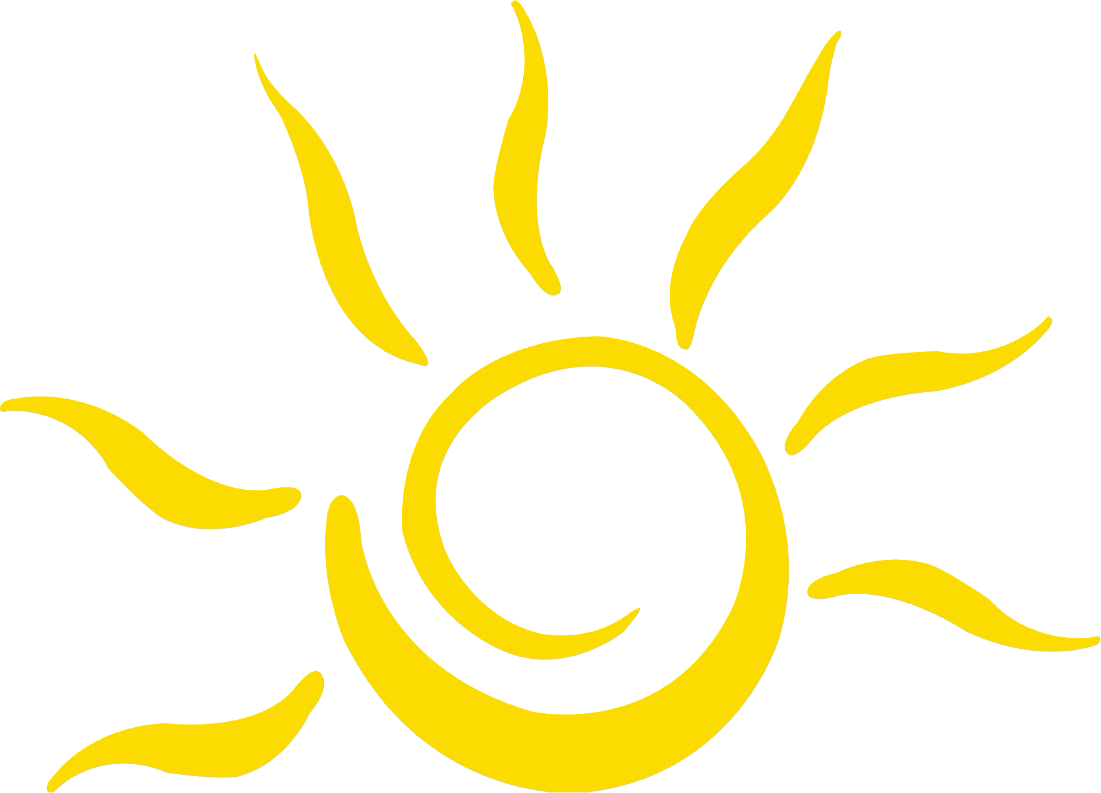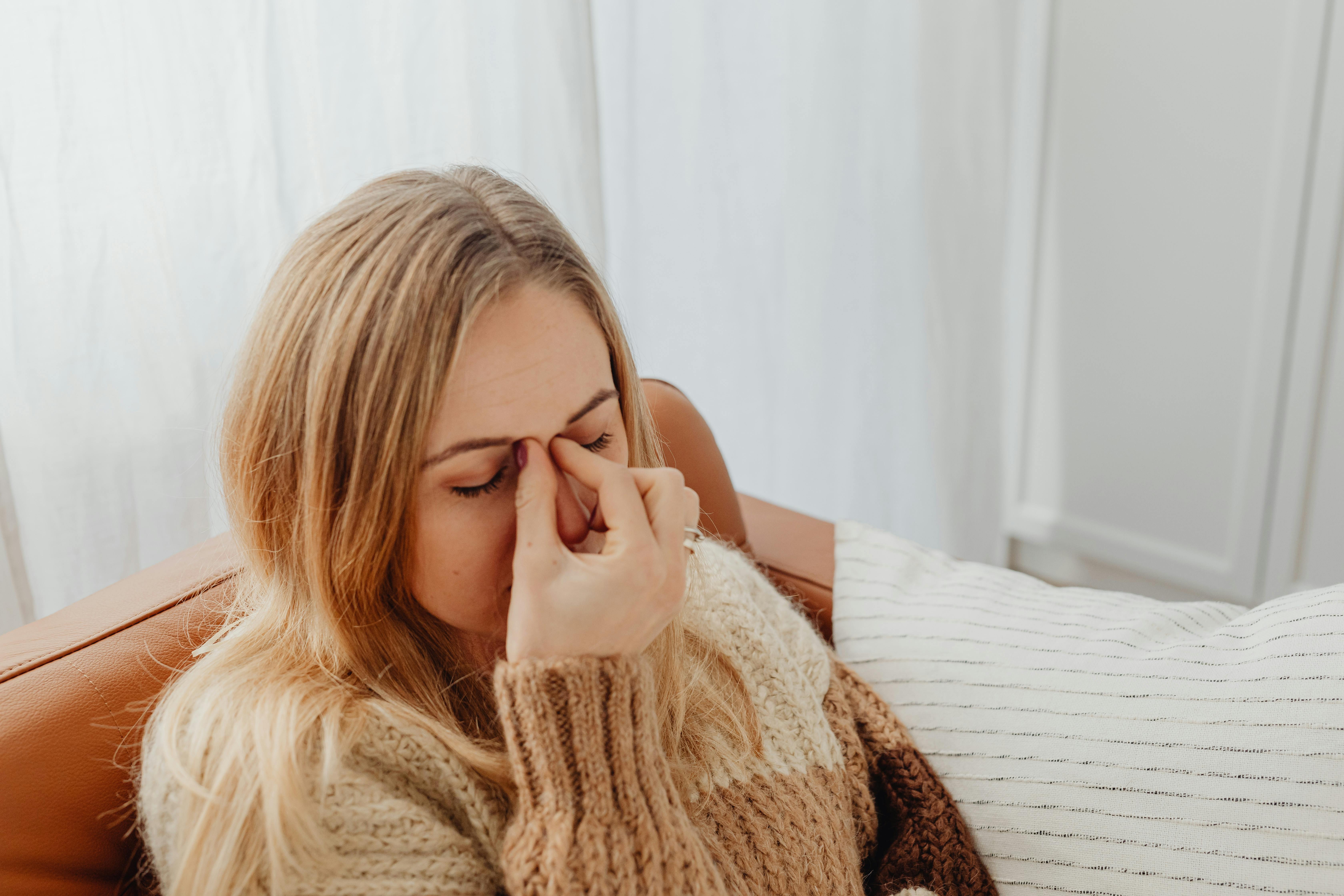


Sinuses are air filled cavities present around the nasal passage in our skull. These cavities contain cilia that drains mucus and is meant to lighten the weight of the skull. At the same time the mucus secreted shall help to humidify the air we breathe and prevents the microbes to reach the tissues . Any impairment in this function will lead to excess mucus production in the cavities leading to inflammation. This inflammation is known as sinusitis.
A few Yogic and Naturopathic interventions for the management of sinusitis are listed below-
|
Intervention |
Rationale |
|
Vitamin C rich fruits |
Antioxidant, Anti-inflammatory and also improves immunity
|
|
Lemon Honey Juice |
Lemon is a mucolytic (cuts the mucus) by its property and honey acts as an expectorant (expel the mucus)
|
|
Early morning Sunlight exposure |
Stimulates Treg cells which in turn releases IL- 10 that act as an anti-inflammatory
|
|
Steam inhalation with Eucalyptus oil |
Clears nasal blockage and act as mucolytic |
|
Jal Neti (Nasal rinse) |
Warm saline water being hypertonic in nature helps to destroy the bacterial cell wall structure through osmosis. Along with this, it decreases hypersensitivity to allergens and also drains excess mucus. |
|
Kapalabhathi |
Cleanses sinus cavities |
|
Bhastrika Pranayama |
Promotes nasal and sinus drainage |
|
Bhramari Pranayama |
Resonance of ‘Ma’ kara chanting encourages air to move To and Fro which helps to open the blocked sinus ventilating and draining the sinuses properly. Nitric Oxide released while practicing Bhramari Pranayama improves ciliary movements leading to better drainage of nasal and paranasal sinuses. |
|
Acupuncture therapy |
Acupuncture therapy shall help to reduce the inflammation, drain the sinuses and bring about a balance in the Qi levels during the acute phases. In chronic cases, during remission; acupuncture shall prepare to fight and prevent the acute phases by building a strong and protective Qi. |
RESEARCH UPDATES –
Few research papers on Yoga and Acupuncture for Sinusitis are quoted below –
The incidence of allergies, impaired immunity are increasing these days due to environmental pollution, unhealthy eating habits, reduced exposure to Nature leads to imbalances in the Qi. One can easily restore the Yin and Yang balance and Qi by integrating Yoga, Acupuncture and lifestyle modification as explained above.
Dr Gurudatta H K, BNYS, FCRSW, Founder, Anandamaya Wellness Center
Dr Aishwarya P (BNYS), Intern, S-VYASA University